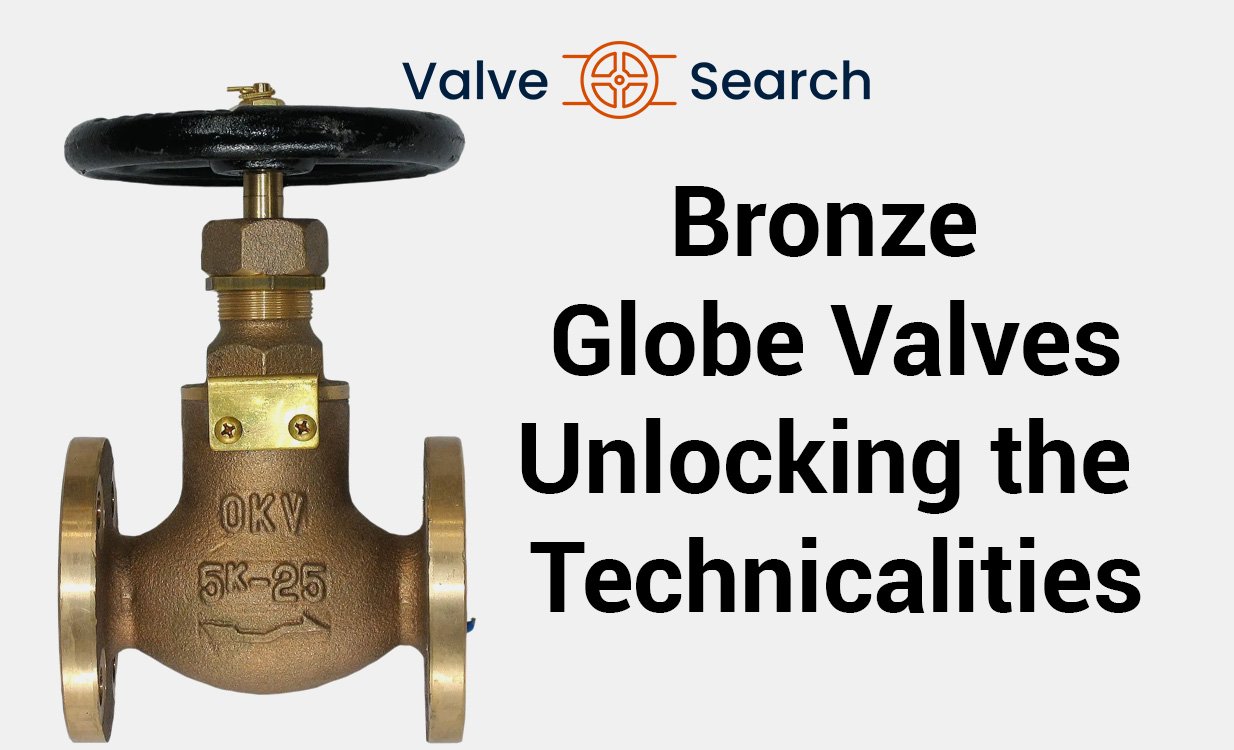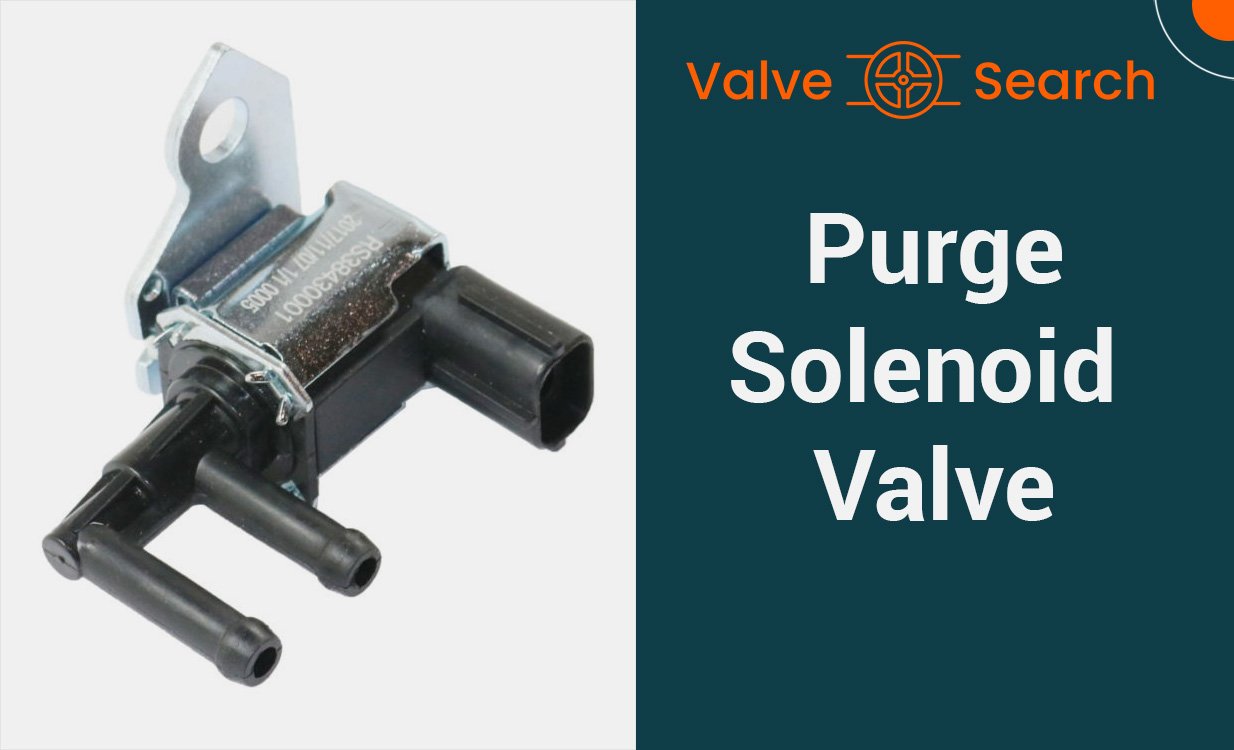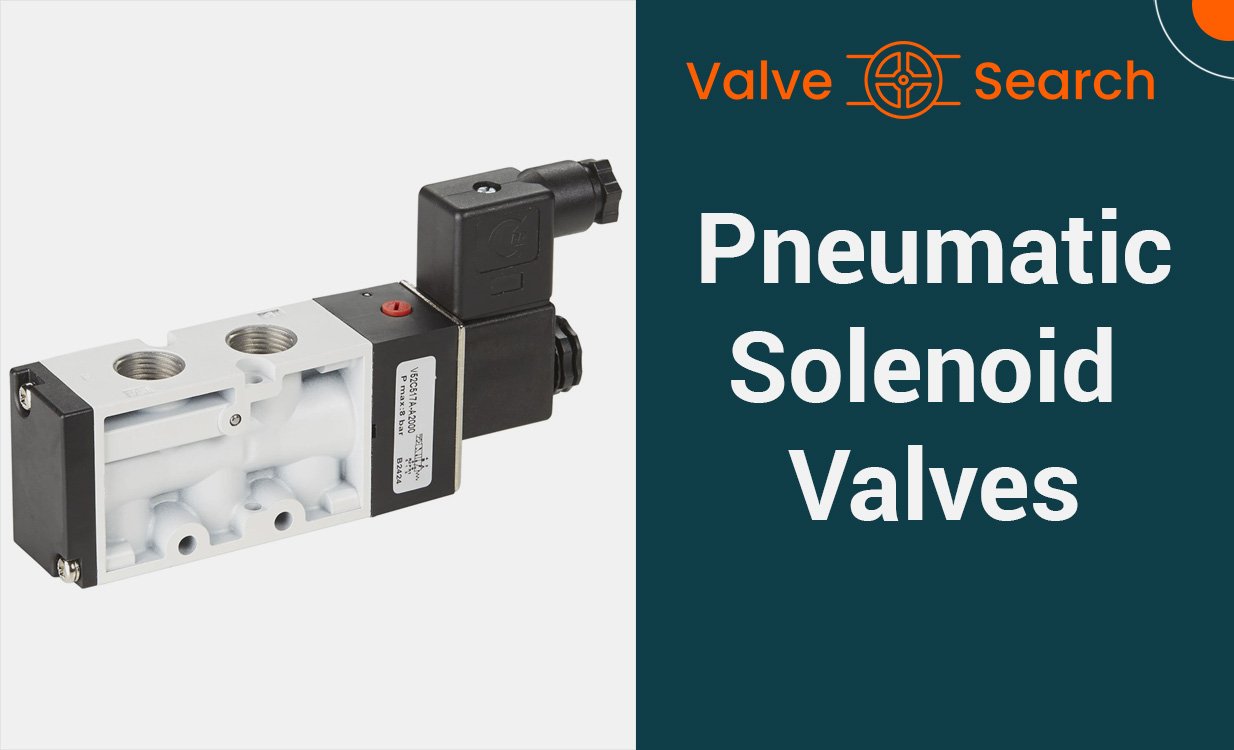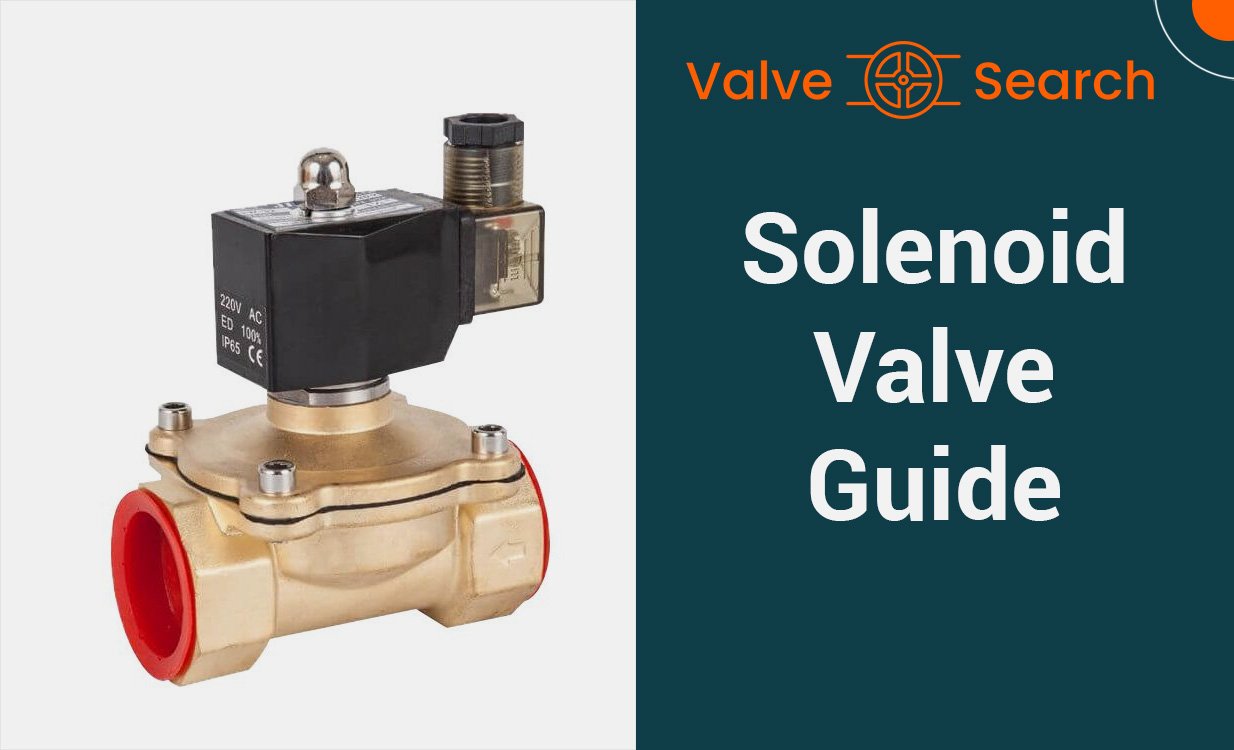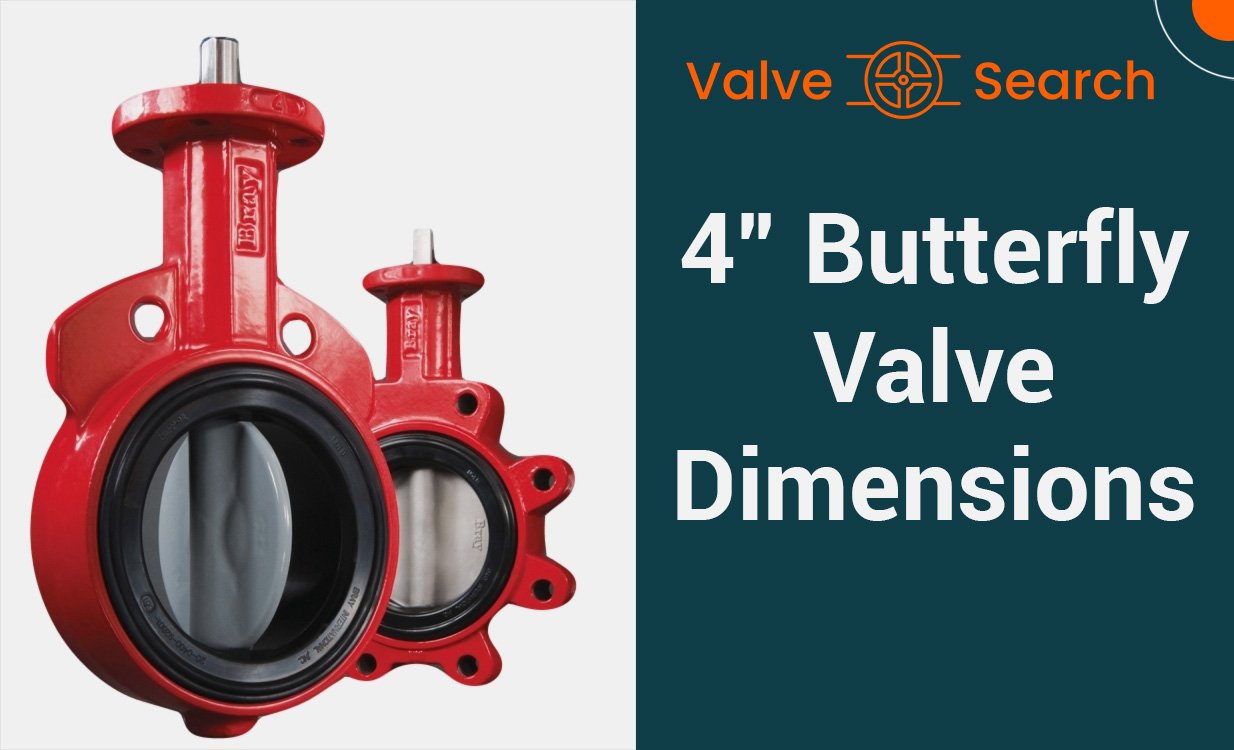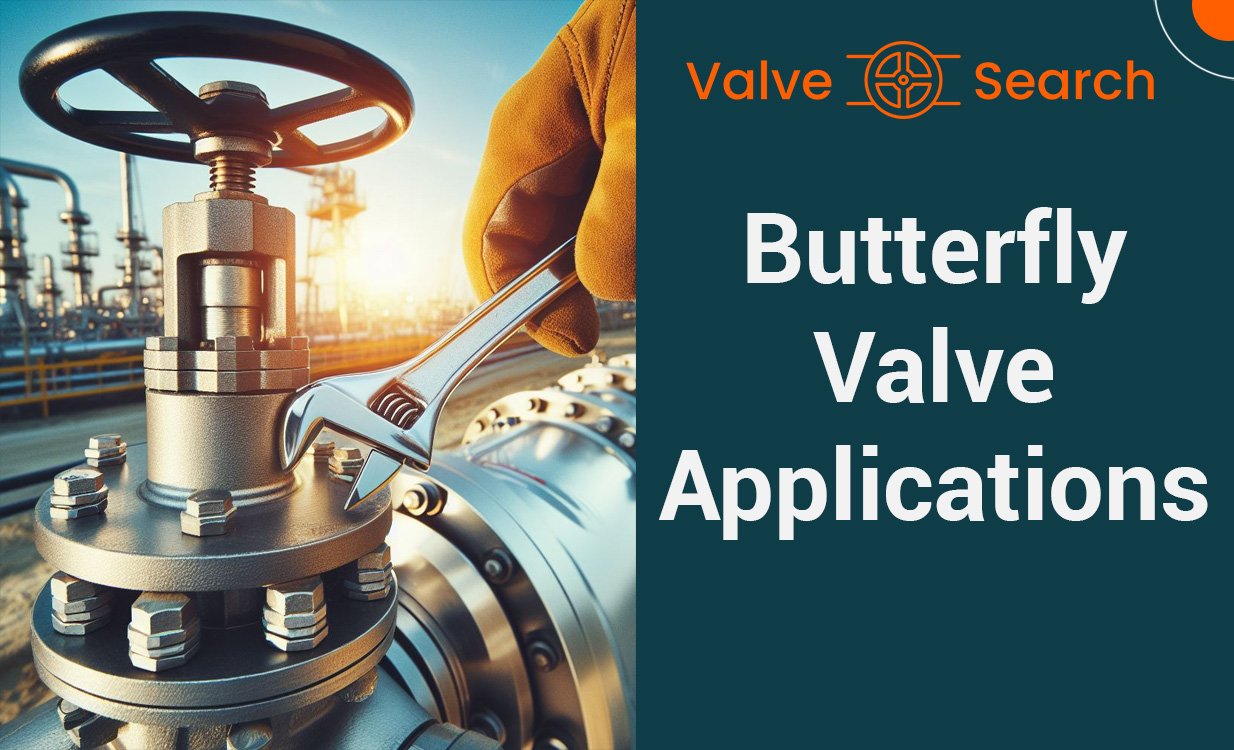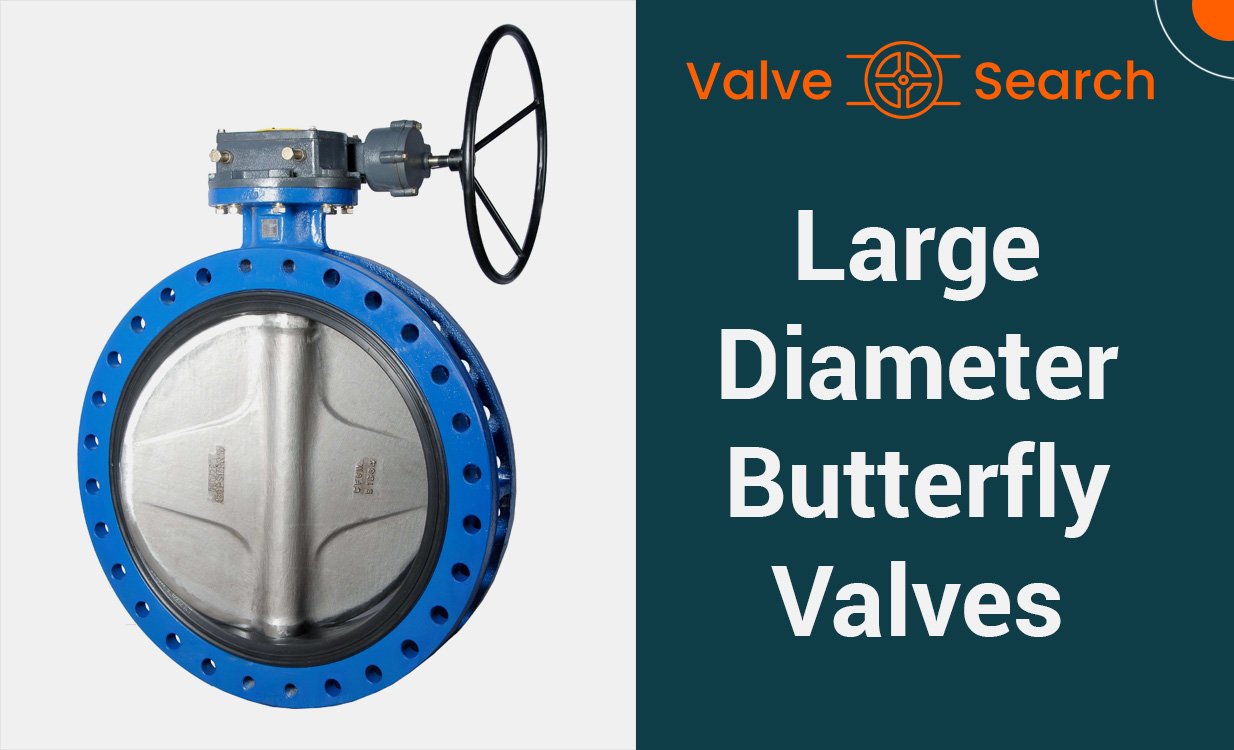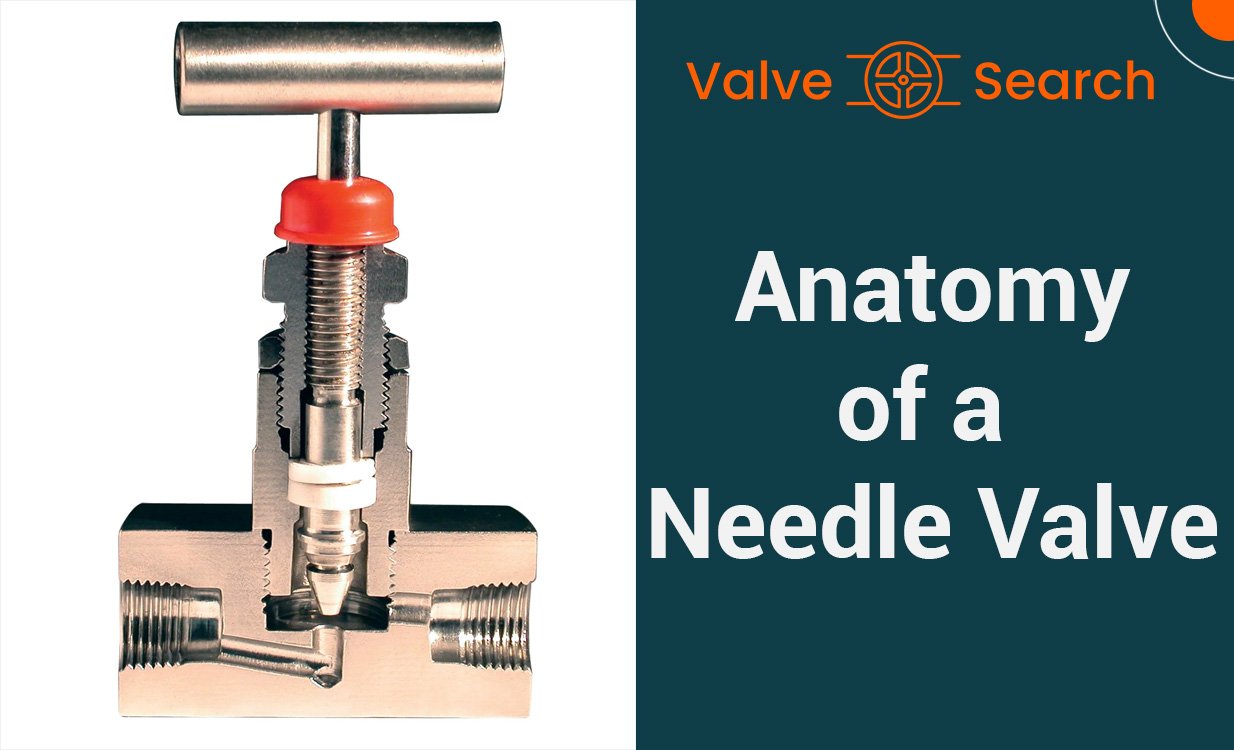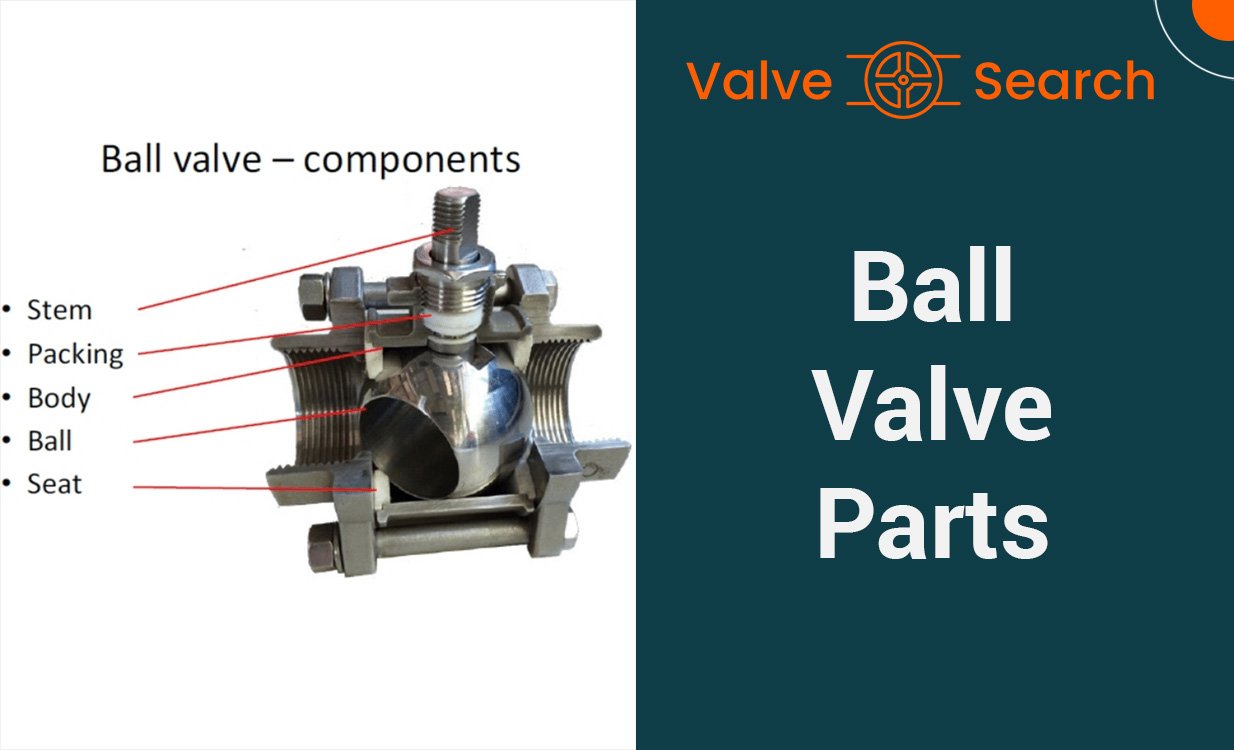Expert Insights into Plug Valves: Types, Applications, and Advantages

Table of Contents
ToggleThe Ultimate Guide to Plug Valves: Types, Applications, and Advantages
A plug valve is a type of valve with a cylindrical or conically tapered “plug” that can be rotated inside the valve body to control the flow through the valve. This mechanism allows for efficient regulation of flow and is commonly used in various applications such as high-pressure flow lines, dirty upstream applications, flow control/isolation, and handling substances like sewage, mud, oil, and coal slurries.
Understanding the unique features and uses of plug valves is essential for those working with fluid control systems or seeking efficient flow regulation solutions. In this blog post, we will delve deeper into the functionality, applications, and benefits of plug valves, providing valuable insights for professionals in the industry.

What is a Plug Valve?
A plug valve is a type of valve with a cylindrical or tapered “plug” that can be rotated within the valve body to control the flow of fluid. It is commonly used to start, stop, or regulate flow in a pipeline. They are versatile and can be used in various applications across different industries.
How does a Plug Valve Work?
A plug valve operates by using a cylindrical or tapered plug, which is inserted into the flow path to control the flow of fluid. When the plug is rotated within the valve body, it either opens or closes the passageway, regulating the flow of the fluid.
In the open position, the plug aligns with the flow path, allowing the fluid to pass through the valve. Conversely, in the closed position, the plug obstructs the flow path, preventing the fluid from passing through. This rotational movement of the plug is achieved through the use of a handle or actuator, which can be manually operated or automated.
The design of the plug and the surrounding valve body ensures a tight seal when the valve is closed, effectively preventing any leakage of the fluid. This type of valve is commonly used in applications where a simple on/off control of the fluid flow is required, and it is particularly well-suited for handling viscous fluids and slurries.
What are Plug Valves Used for?
Plug valves are commonly used in various industrial applications, including oil and gas, chemical processing, and water treatment. These valves are designed to control the flow of liquid or gas through a pipe by means of a cylindrical or tapered plug with a through hole. The plug can be rotated within the valve body to open or close the passage, allowing for efficient and precise flow control.
Due to their simple yet effective design, they are often preferred for applications requiring minimal leakage and tight shut-off, such as in high-pressure and high-temperature environments. Their ability to handle slurries and abrasive media, as well as their relatively low maintenance requirements, make plug valves a popular choice for a wide range of industrial operations.
Why to Use Plug Valves?
Plug valves are a preferred choice in many industrial applications due to their ability to provide a tight seal and reliable flow control. Their design allows for quick and easy operation, making them suitable for processes that require frequent opening and closing. Their simple construction also contributes to their durability and minimal maintenance requirements, which can result in cost savings over time.
Additionally, they are versatile and can handle a wide range of pressures and temperatures, making them suitable for various operating conditions. Their tight shutoff capability and low-pressure drop characteristics further enhance their appeal in fluid handling systems. Overall, the use of plug valves can contribute to efficient and effective flow control in industrial settings, making them a valuable component in many processes.
Types of Plug Valves
Lubricated Plug Valves
Lubricated plug valves feature small channels in the plug construction known as radial holes, which allow the flow of a lubricant. This lubricant works along the plug and the body’s sealing surface to reduce operating torque and provide tight shutoff. However, the main limitation of lubricated valves is the potential for leakages due to the lubricant’s failure or contamination.
Non-Lubricated Plug Valves
Non-lubricated plug valves have an elastomeric sleeve that fits over the plug, reducing friction between moving parts. These valves eliminate the need for external lubrication, making them suitable for applications where the fluid is incompatible with lubricants. They offer excellent sealing and are more reliable in terms of preventing leakages. Additionally, they provide low operating torque and reliable performance in various operating conditions.
Subgroups of Non-Lubricated Plug Valves
1. Lift Plug Valves:
They have a plug that rises and lowers with the help of the stem, allowing straight-through flow with minimal pressure drop. They are ideal for applications where a low-pressure drop across the valve is required.
2. Sleeved Plug Valves:
They have a plug wrapped with a flexible sleeve that provides a tight seal, minimizing the risk of leakage. They are suitable for abrasive and corrosive media.
3. Lined Plug Valves:
They have a corrosion-resistant liner to protect the valve from aggressive media. They are commonly used in chemical and petrochemical industries.
4. Eccentric and Offset Eccentric Plug Valves:
Eccentric and offset eccentric valves have the offset stem, which allows the plug to completely disengage from the flow path, reducing wear and increasing service life. They are suitable for slurries and high-solid content fluids.
These various types distinct advantages and are designed to meet specific application requirements, providing efficient and reliable flow control solutions across different industries.
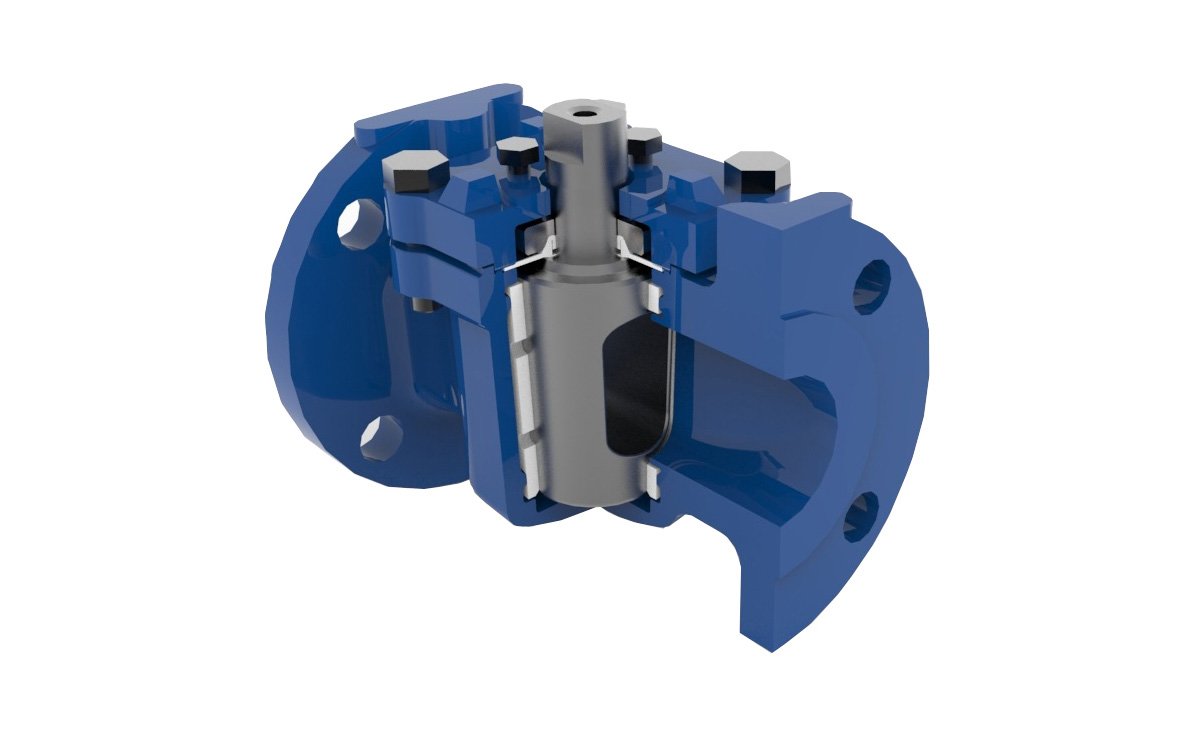
Plug Valve Design
Here’s a detailed breakdown of the designs for each type:
Lubricated Plug Valves
- Construction: Lubricated valves feature a tapered or cylindrical plug with a hole for fluid passage, housed within a valve body. The plug is designed to rotate within the body to control the flow of fluids.
- Lubrication Mechanism: These valves utilize a lubricant injection system to ensure smooth operation and prevent friction-induced wear. The injected lubricant forms a film between the plug and body, reducing operating torque and enhancing longevity.
- Sealing Mechanism: The design incorporates resilient or metal-to-metal sealing to prevent leakage. The lubricant also aids in maintaining a tight seal, contributing to the valve’s leak-free performance.
- Applications: Lubricated plug valves are suitable for high-pressure and high-temperature applications, including oil and gas production, refining, and petrochemical processes.
- Advantages: The effective sealing, reduced operating torque, and suitability for demanding environments make them ideal for critical flow control applications.
Non-Lubricated Plug Valves
- Material Selection: Non-lubricated types are constructed with materials that inherently reduce friction, such as advanced polymers or composite materials. This eliminates the need for external lubrication.
- Self-Lubricating Features: Innovative designs incorporate self-lubricating components or coatings, ensuring smooth plug rotation without relying on external lubricants. This design minimizes maintenance requirements and potential environmental concerns associated with lubricants.
- Sealing Technology: These valves employ advanced sealing technologies, including elastomeric sleeves or resilient materials, to achieve reliable sealing without the need for external lubrication.
- Applications: They are well-suited for applications where contamination from external lubricants must be avoided, such as food and beverage processing, pharmaceutical manufacturing, and wastewater treatment.
- Advantages: The non-lubricated design offers reduced maintenance, environmental compliance, and compatibility with a wide range of fluids, making it a preferred choice for industries with stringent regulatory requirements.
In conclusion, understanding the detailed design aspects of lubricated and non-lubricated plug valves is essential for making informed decisions when selecting valves for specific operational needs. Whether prioritizing high-pressure performance or environmental compliance, the distinct design features of each type enable efficient and reliable flow control in diverse industrial settings.
Applications of Plug Valves
Plug valves are versatile and find applications in various industries due to their ability to control flow rates, start, stop, and provide bi-directional flow control. They are commonly used in high-pressure applications such as coiled tubing, cementing, acidizing, and handling high-pressure/temperature materials. Let’s explore some of the key applications of them in different industrial settings.
Lubricated Plug Valves
Lubricated plug valves are widely utilized in applications where a high-pressure, tight shut-off, and reliable flow control are required. These valves are commonly found in industries such as oil and gas, chemical processing, and petrochemical, where they play a crucial role in regulating the flow of various fluids and gases.
Non-Lubricated Plug Valves
Non-lubricated plug valves are designed to operate in conditions where the use of lubricants is not suitable or allowed. This type has multiple subgroups, each with unique applications:
Lift Plug Valves
They are utilized in applications where minimal pressure drop and bubble-tight shut-off are essential. These valves are commonly employed in handling corrosive fluids, slurries, and abrasive media.
Sleeved Plug Valves
They are ideal for applications involving highly abrasive and corrosive fluids. They provide excellent throttling capabilities and are widely used in the chemical and mining industries.
Lined Plug Valves
They are specifically designed for applications where resistance to corrosive chemicals and abrasive media is crucial. They find extensive use in industries such as pharmaceuticals, food and beverage, and wastewater treatment.
Eccentric Plug Valves
They are suitable for applications requiring high capacity and tight shut-off. These valves are commonly employed in water treatment, sewage systems, and power plants.
Offset Eccentric Plug Valves
They are well-suited for applications involving high-temperature fluids and gases. They offer reliable sealing and are often used in steam distribution systems and thermal power plants.
In conclusion, plug valves, whether lubricated or non-lubricated, offer a wide range of applications across different industries, providing efficient and reliable flow control solutions for various fluid and gas handling requirements.
Advantages and Limitations of Plug Valves
When it comes to plug valves, understanding their advantages and limitations is crucial for making informed decisions in various applications. Let’s delve into the strengths and weaknesses of them and their different types.
Advantages of Plug Valves
- Durability and Longevity: They are known for their robust construction and long service life, making them a reliable choice for applications requiring extended use.
- Minimal Leakage: The one-piece valve body and top-loading design contribute to a simple structure that minimizes the risk of leakage, ensuring efficient and secure operation.
- Quick Operation: For daily operations, they offer swift open and close functionality, enabling seamless control of fluid flow.
- Low Fluid Resistance: These valves are designed to provide minimal resistance to fluid flow, promoting efficient performance within the system.
- Suitable for Corrosive Environments: They are a suitable choice for corrosive and abrasive environments, showcasing high reliability even in challenging conditions.
Limitations of Plug Valves
- Differential Expansion: A key limitation of these valves arises when wide variations in fluid temperature are involved, leading to inevitable differential expansion that can impact performance.
- Complex Maintenance: While the design is generally simple, maintenance can become complex in certain scenarios, demanding careful attention to ensure continued functionality.
- Limited Types: Depending on the specific application requirements, the available types may have limitations in addressing unique operational needs.
Considering these advantages and limitations, it’s essential to assess the specific demands of a given system to determine the suitability of plug valves and their respective types. Whether it’s the durability and minimal leakage or the challenges of maintenance and temperature differentials, understanding these aspects facilitates informed decision-making for optimal valve selection.
Conclusion
In conclusion, plug valves are pivotal components in fluid control and industrial operations. Their unique design, featuring cylindrical or conically tapered plugs, allows for precise control and modulation of flow. With types such as lubricated, non-lubricated, and eccentric, they offer versatile solutions for various applications.
The significance of these valves lies in their ability to provide reliable shutoff, making them ideal for applications where minimal leakage is crucial. When compared to other valve types, they stand out for their minimal pressure drop and tight sealing capabilities, ensuring efficient performance in demanding environments.
Overall, plug valves play a vital role in fluid handling systems, contributing to the seamless operation and control of liquids and gases across diverse industrial sectors.

